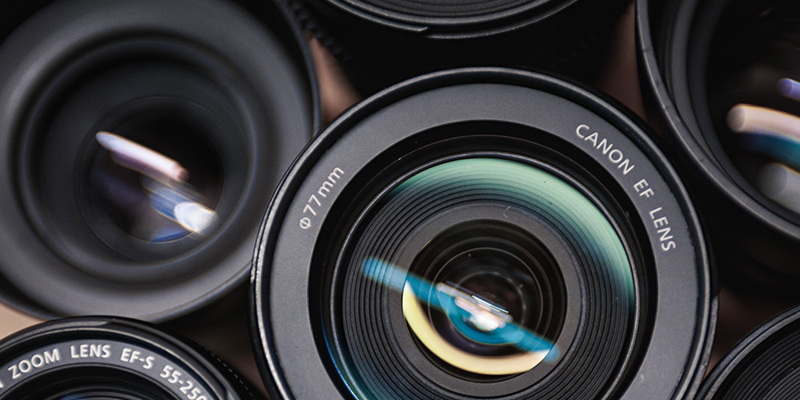So you’re having an event. You’ve sent the invitations, ordered the food and beverages and booked the space. But what about photos and video? Sometimes, this is an afterthought or a low priority. But it shouldn’t be. Making sure you have photos and video can have a number of benefits — some not so apparent.
Here are some reasons why you should put photos and video as a priority when organizing an event:
- Once the event is documented, it can be included in your files about your company or organization history.
- There are a lot of opportunities for internal use and promotion. The photos and video can be used for company newsletters, blogs, PowerPoint presentations, etc.
- They can enhance your web presence. Photos make blogs, Facebook and Twitter posts more eye catching. And, of course, there’s Instagram.
- It opens up promotional and media opportunities. Photos and video can be used on your website, and made available to the media.
But when arranging for coverage of your event, there are some considerations you’ll want to consider up front. Who will be taking the photos? What formats should be used? What photo gear is available? Can you handle it in-house, or do you need to hire a photographer or videographer to cover the event?
There’s no simple answer to these questions. It is largely determined by your budget and how you plan to use the materials. You can get away with lower resolution photos for most web applications, but if you anticipate using the photos for print, better resolution will be required. This will determine what kind of photography equipment you use.
There are three main types of cameras for this purpose: digital single lens reflex (DSLR), point-and-shoot and smartphone. They have different strengths and weaknesses.
DSLRs are the high-end option. They allow you to use interchangeable quality lenses and have more optical shooting mode options. You will generally get better image quality and better photos in bright or low-light conditions. They have a tripod mount and can take high quality video. Also, using a DSLR commands respect. You look like a professional and not a tourist. But DSLRs are considerably more expensive, bulkier and there is a steeper learning curve to use the various features.
Point-and-shoots are more portable (fit into a suitcase, purse or briefcase better) and are easy to use. They’re usually much cheaper than a DSLR. They’ll also have built-in zoom lenses, which means you can get a variety of close-ups and wide shots. Many of them shoot video and have a tripod mount. But bear in mind that you won’t get the same quality as DSLR photos, as they may not be as good in extreme lighting situations, and you’ll have fewer options for modes of shooting.
Smartphones can be the preferred choice where quality isn’t much of an issue, though current smartphones and their software can take photos that can get close to a point-and-shoot or DSLR. And you always have it with you, so a good quality smartphone is perfectly acceptable for many applications.
No matter what type of camera you use, knowing how to use the camera and planning what types of shots you want to take will be essential to getting usable images.
Some hints:
- Shoot most of your pictures horizontally. Particularly video.
- Get candids as well as posed shots.
- Take notes of people’s names and titles so you can identify them later. There may be instances where some form of photo release form is necessary (if you’re taking shots of people that aren’t part of your company or organization, for instance). Sample forms can be found online.
- Know how to disable the flash on your camera, as sometimes flash is not necessary and can be disruptive to a meeting.
- Have a tripod handy, particularly if you’re shooting video, or in conditions where the light is low and a longer shutter speed is required.
- Keep in mind if you’re shooting video, you remember sound. Getting good sound can often be more challenging than getting good pictures. Use an external microphone if you can, otherwise get the camera as close to the subject as practical.
- If you don’t have an archive file system in place, it might be a good idea to set one up and determine who’ll need to get access to the images.
Whatever type of gear you use, having photos of your event will payoff in a lot of ways. So it’s something to shoot for.

